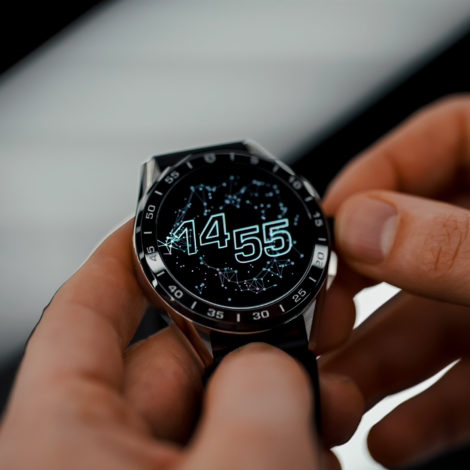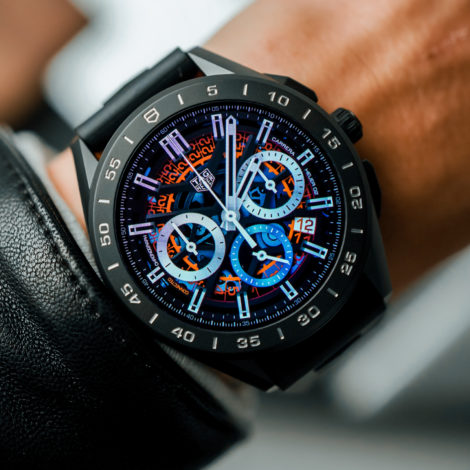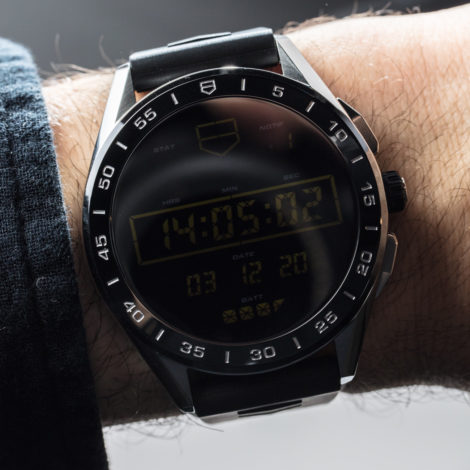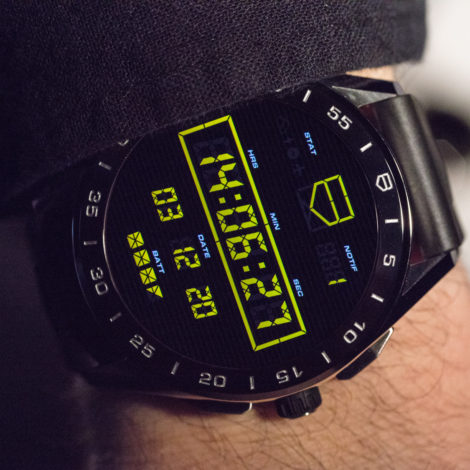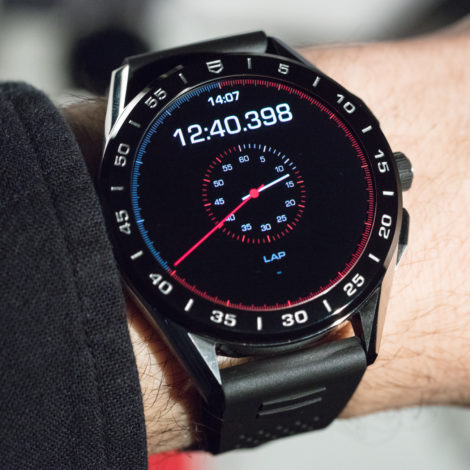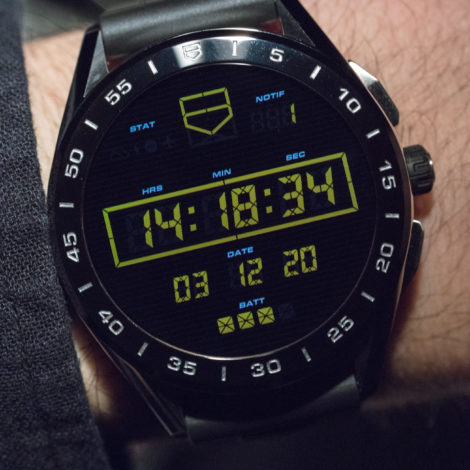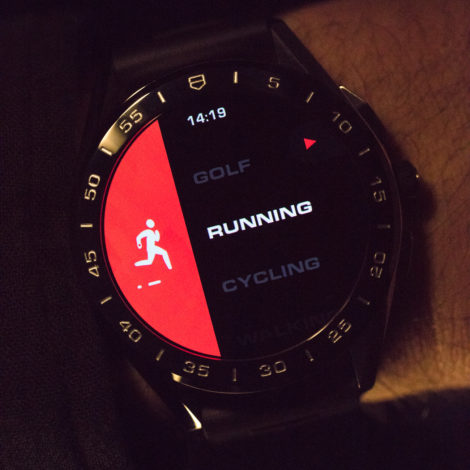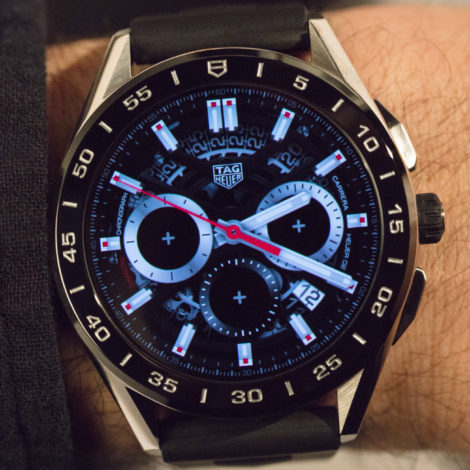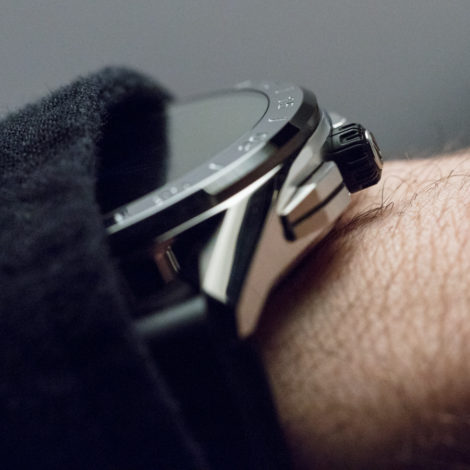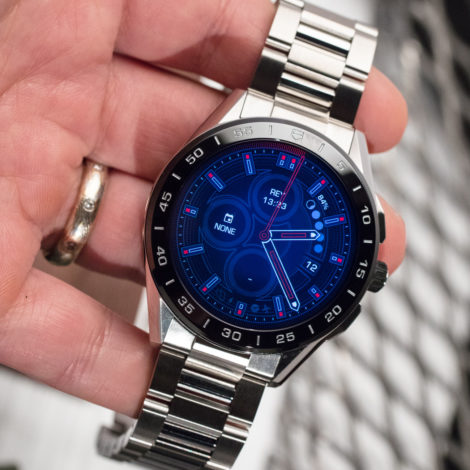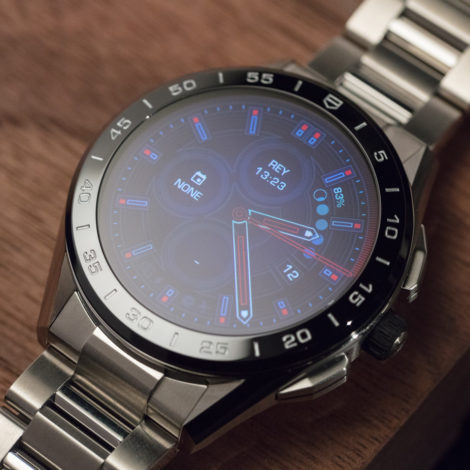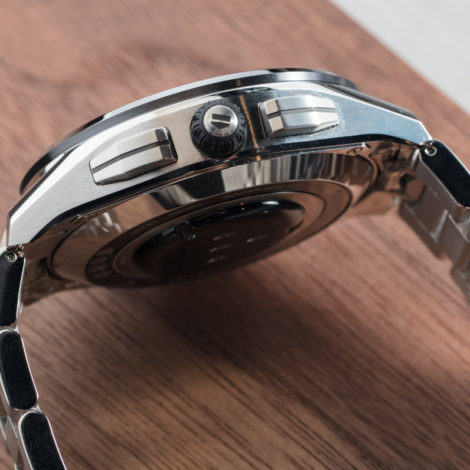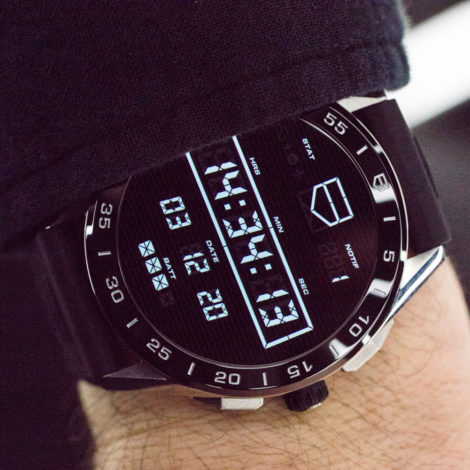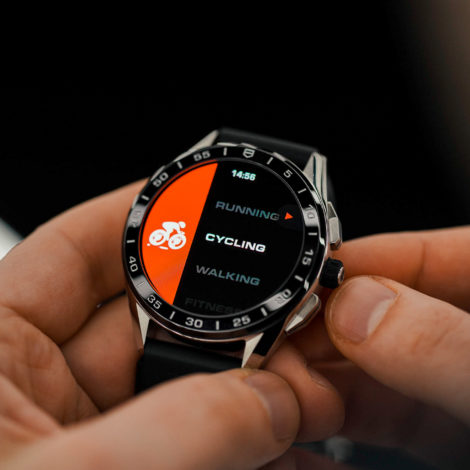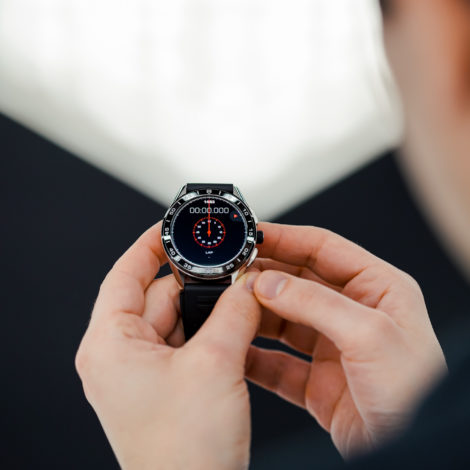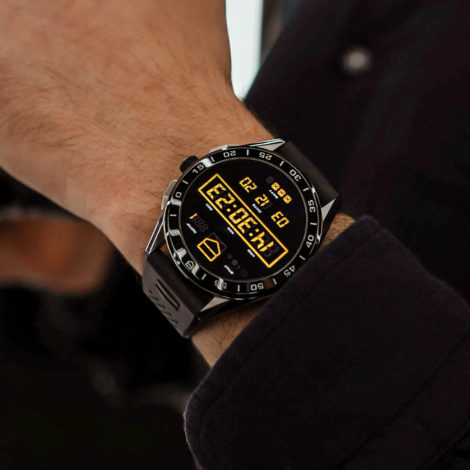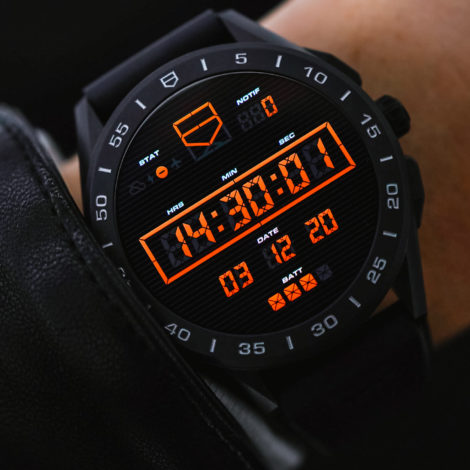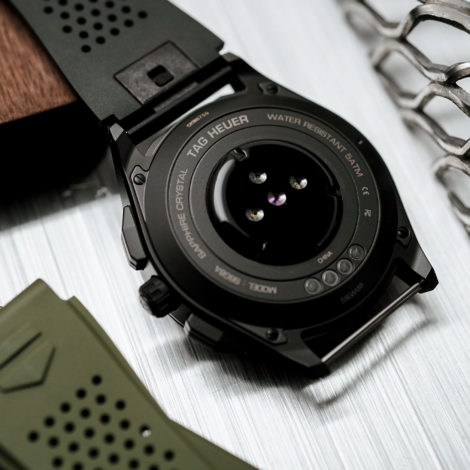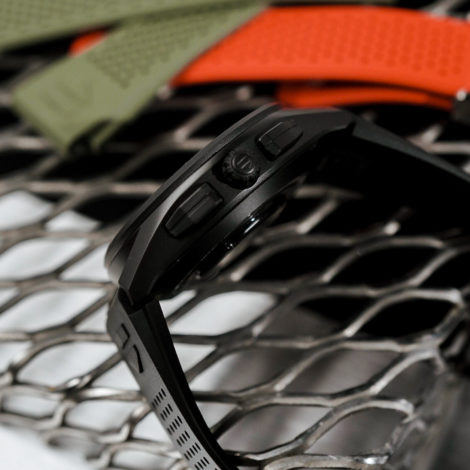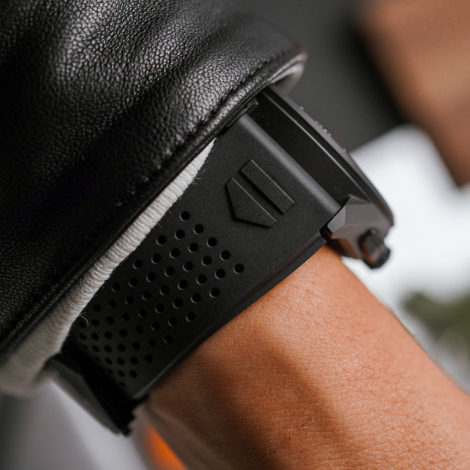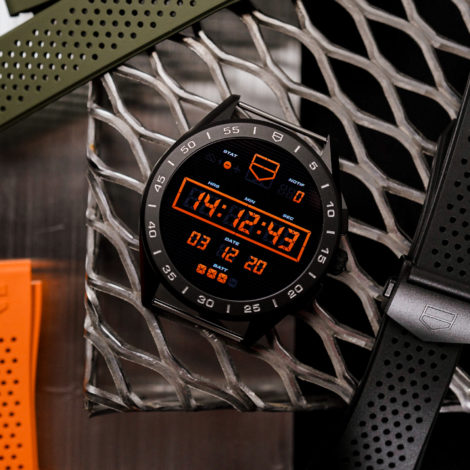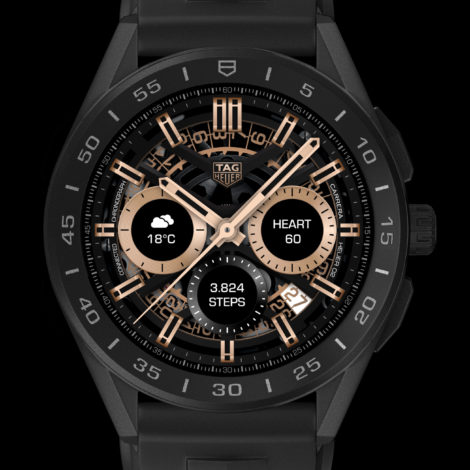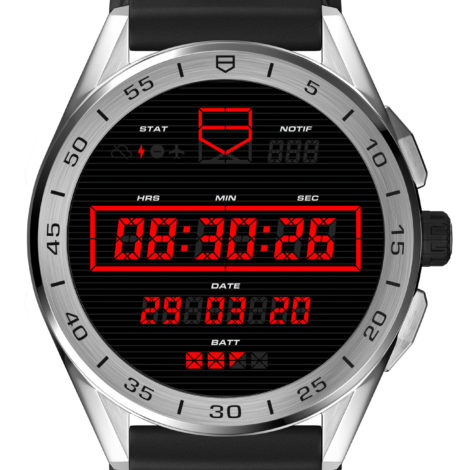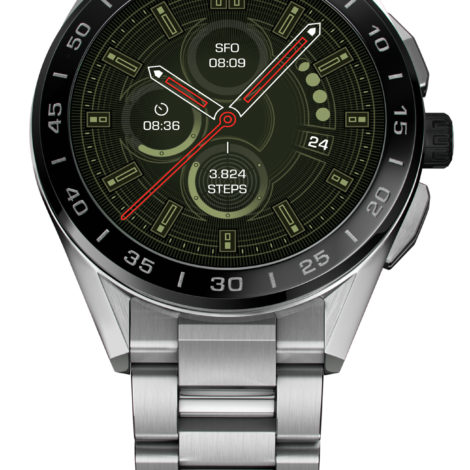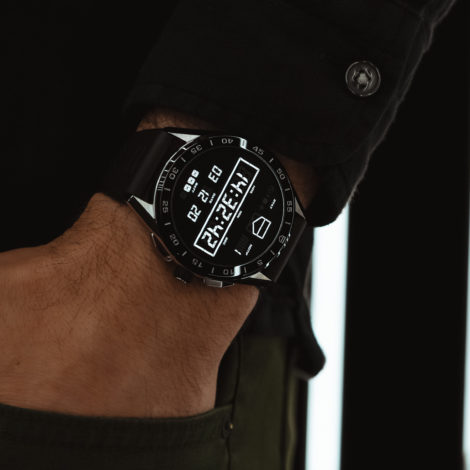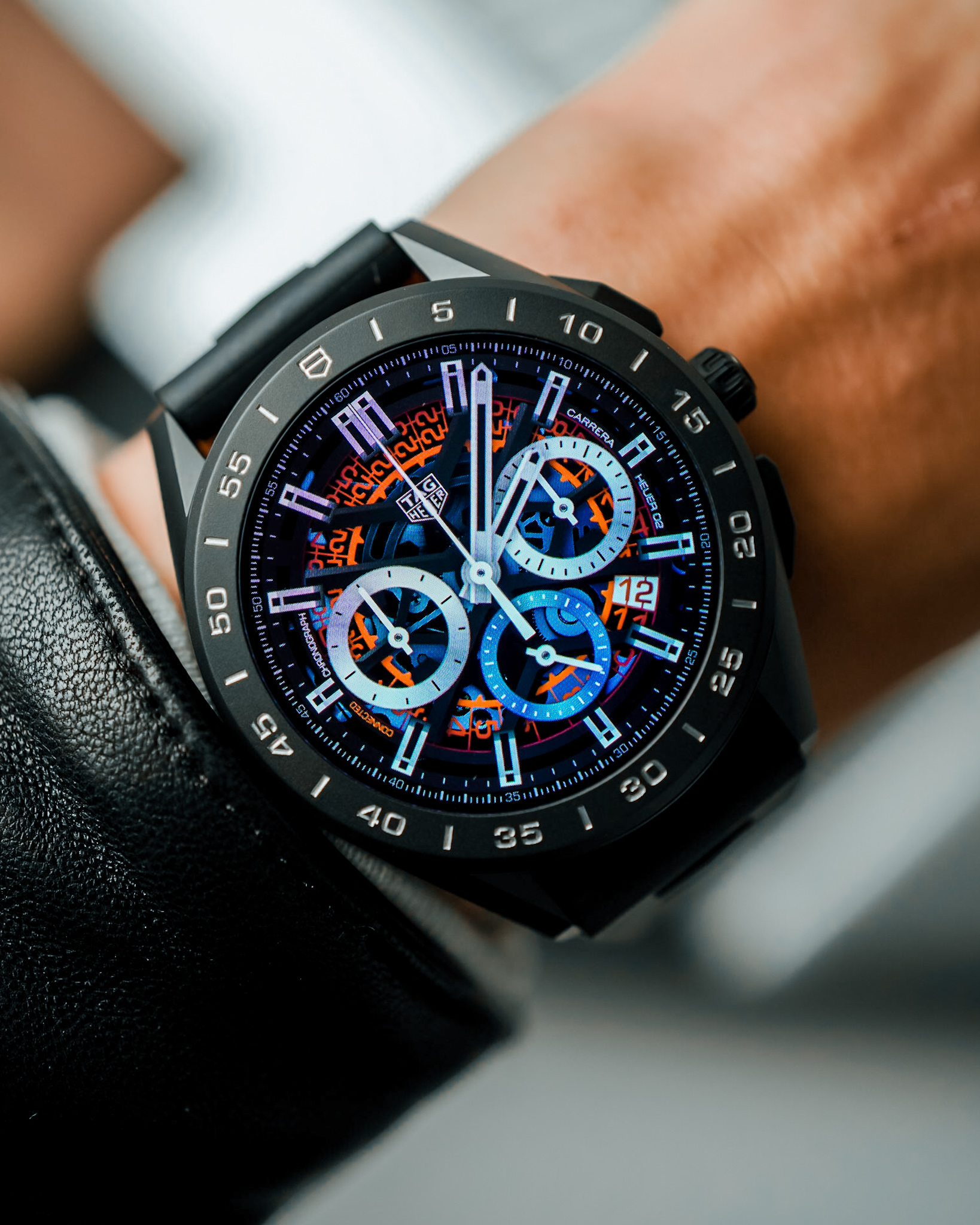
Five years after launching the original TAG Heuer Carrera Connected, Swiss TAG Heuer now launches its latest smartwatch in 2020, the simply-named TAG Heuer Connected (debuted on aBlogtoWatch here). Launched in New York City at a special event around the Connected product, TAG Heuer was rightfully proud of its latest “connected” creation.
The 2020 TAG Heuer Connected builds on the brand’s previous smartwatches while adding a host of refinements. It goes without saying that this is the highest-performance smartwatch the luxury brand has made, since it uses the latest hardware and technology. On top of that, however, one can easily say that the 2020 TAG Heuer Connected is the most refined smartwatch TAG Heuer has made, given a host of subtle details that make it both highly wearable and enjoyable to use.
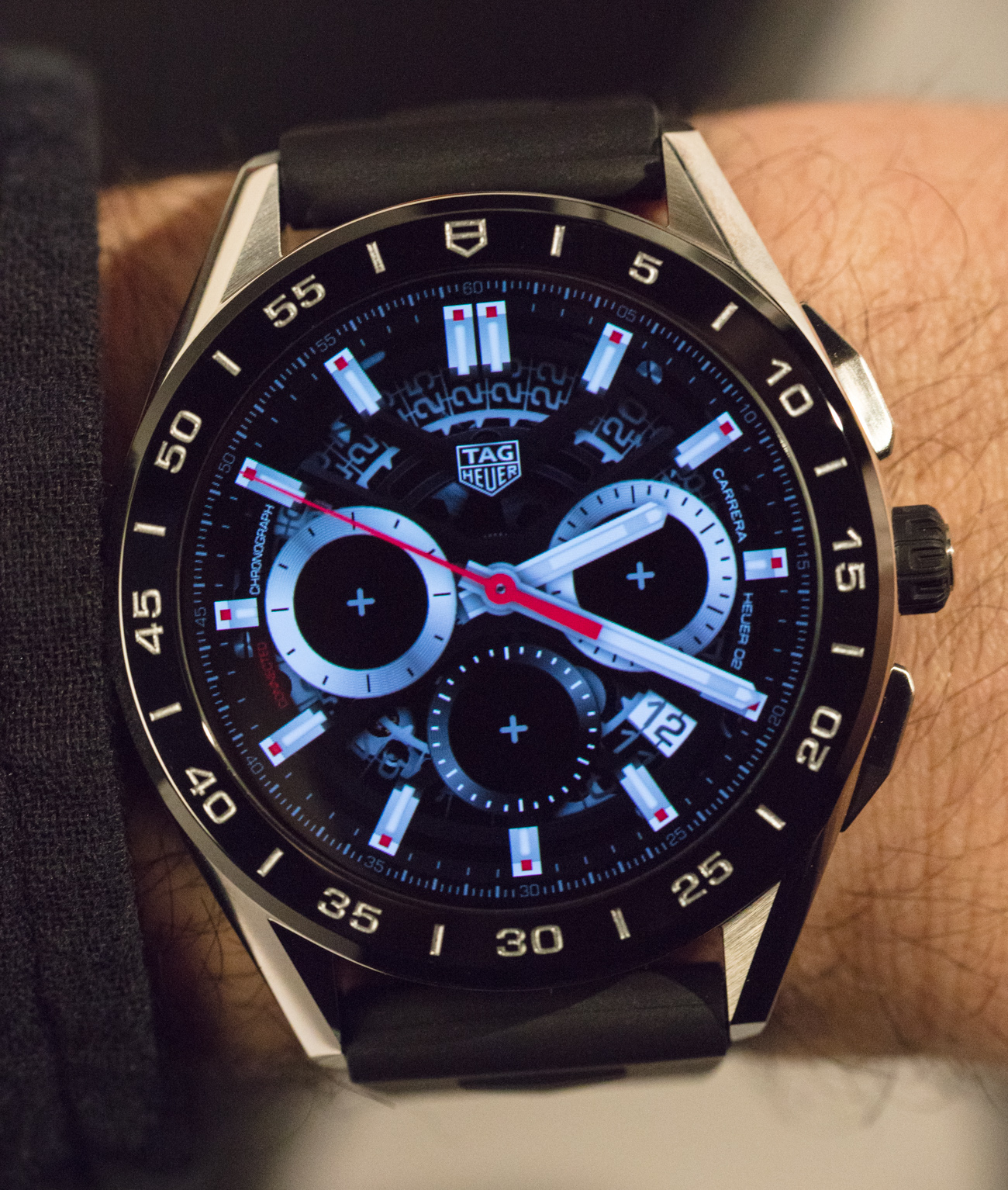
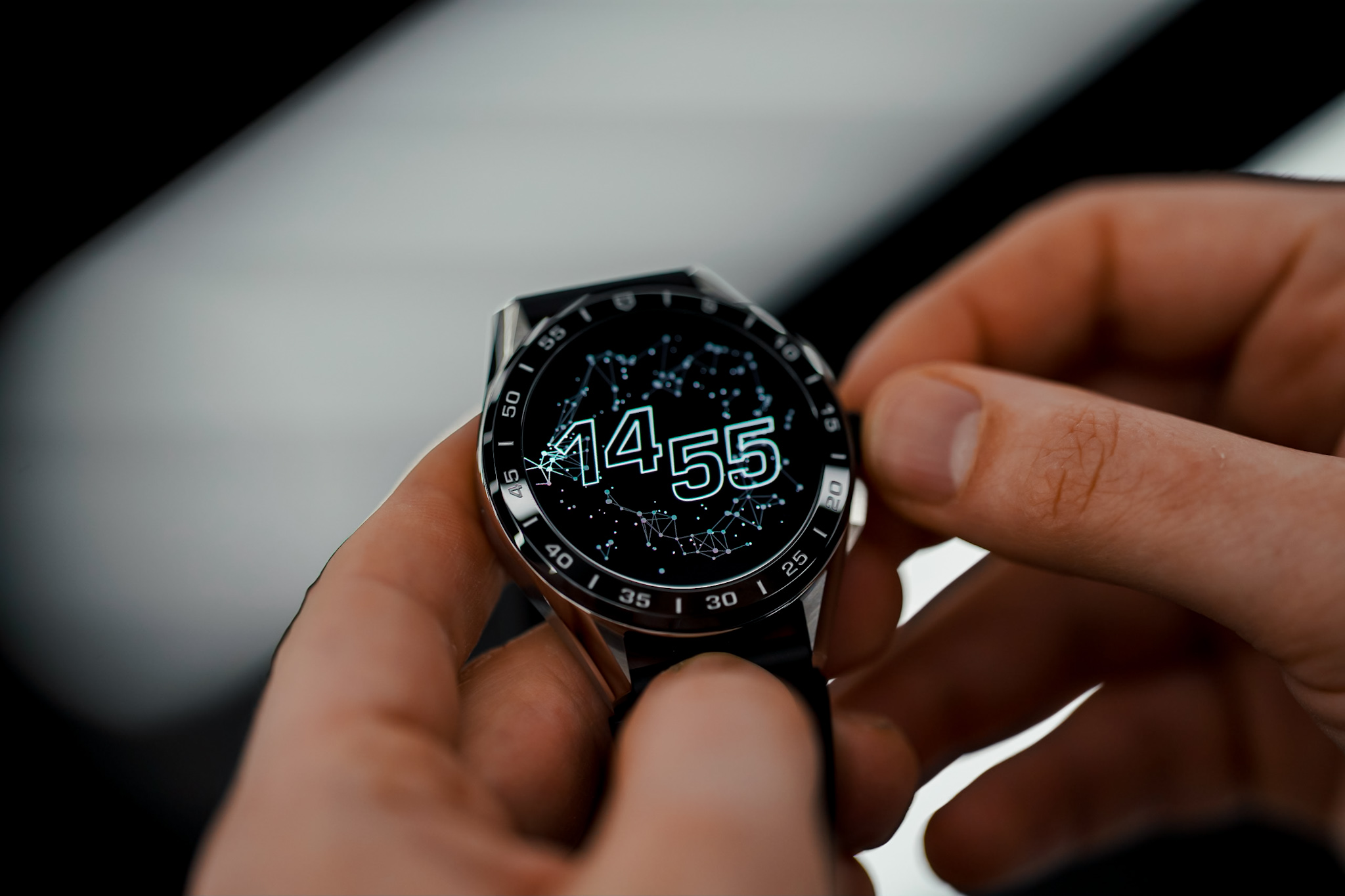
One of the best parts of the concept is how TAG Heuer designed the Connected to be as long-lasting (without needing to be replaced) as possible. A good example is a special system that allows the battery to be removed and replaced, as batteries are typically the first components to fail in such products. TAG Heuer also has a companion smartphone app that goes with the Connected, allowing you to manipulate a lot of the watch’s features. In the app, users will be notified about new features such as software updates and brand new in-house-designed watch faces.
The TAG Heuer Connected is not Swiss-made, but it is one of the most Swiss smartwatches there is given how much of the hardware and software was designed in-house at the company HQ in Europe. The software and hardware experience finally feel like the same team designed them both. For instance, TAG Heuer didn’t want users to have to spend too much time interacting with the touchscreen. While you can use the touchscreen, the two pushers and the crown (which is also a scroll wheel) allow you to operate many important features (such as the chronograph and sport tools) without having to really touch the screen. This is especially true for the custom TAG Heuer software included, in addition to the base Google Wear OS operating system.
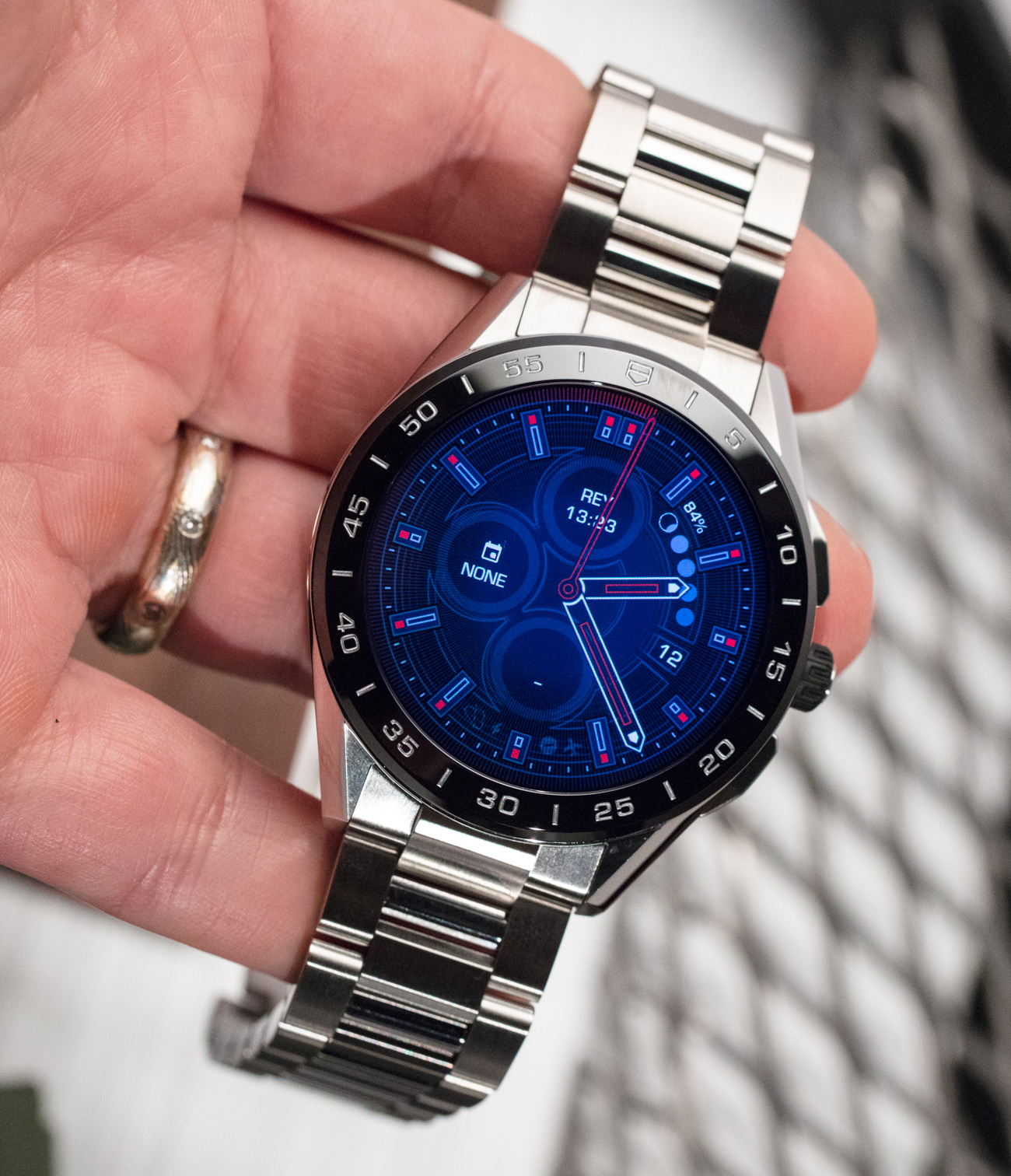
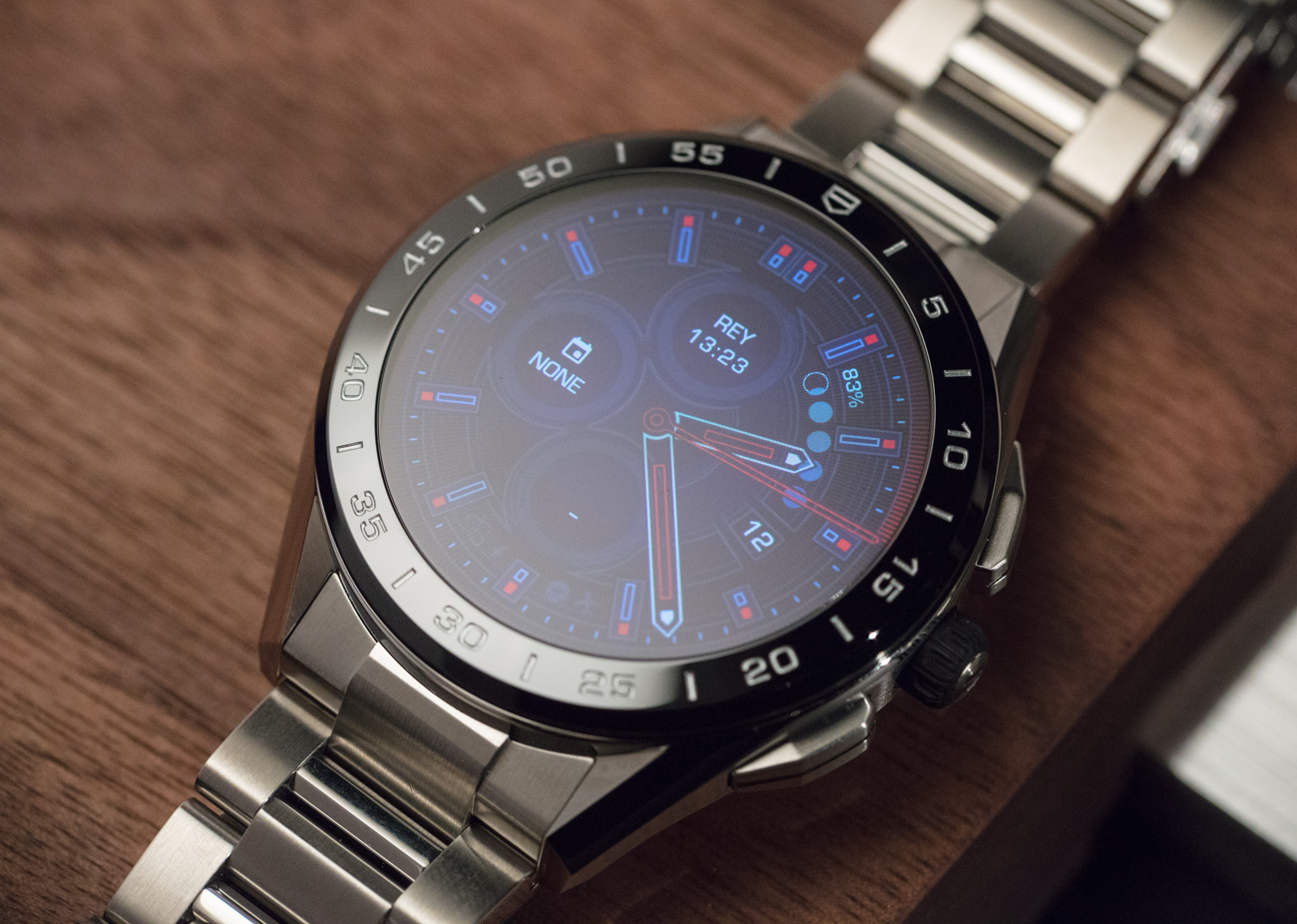
Speaking of the screen, the new OLED touchscreen topped with the sapphire crystal is the best-looking screen yet for the TAG Heuer Connected family. Overall, each of the steel or black PVD-coated titanium-cased 2020 TAG Heuer Connected watches feel more like traditional luxury watches as compared to a technology product (and even more so than past TAG Heuer Connected products). A lot of this is due to in-house design efforts at TAG Heuer to make sure as many top-end materials and finishes are used in the exterior of the watch. Under the ceramic bezel, for instance, is the antenna, which would not be able to receive any signals if it were under a metal component.
Finishing is clearly one of the most important elements of a luxury watch wearing experience. This is something that TAG Heuer has generations of experience in and something that Apple spent years researching before it came out with the Apple Watch. The sportier of the TAG Heuer Connected watches is the matte black version in the grade 2 titanium case. On the black rubber strap, it is well-suited to a good looking, albeit practical, fitness or activity smartwatch.
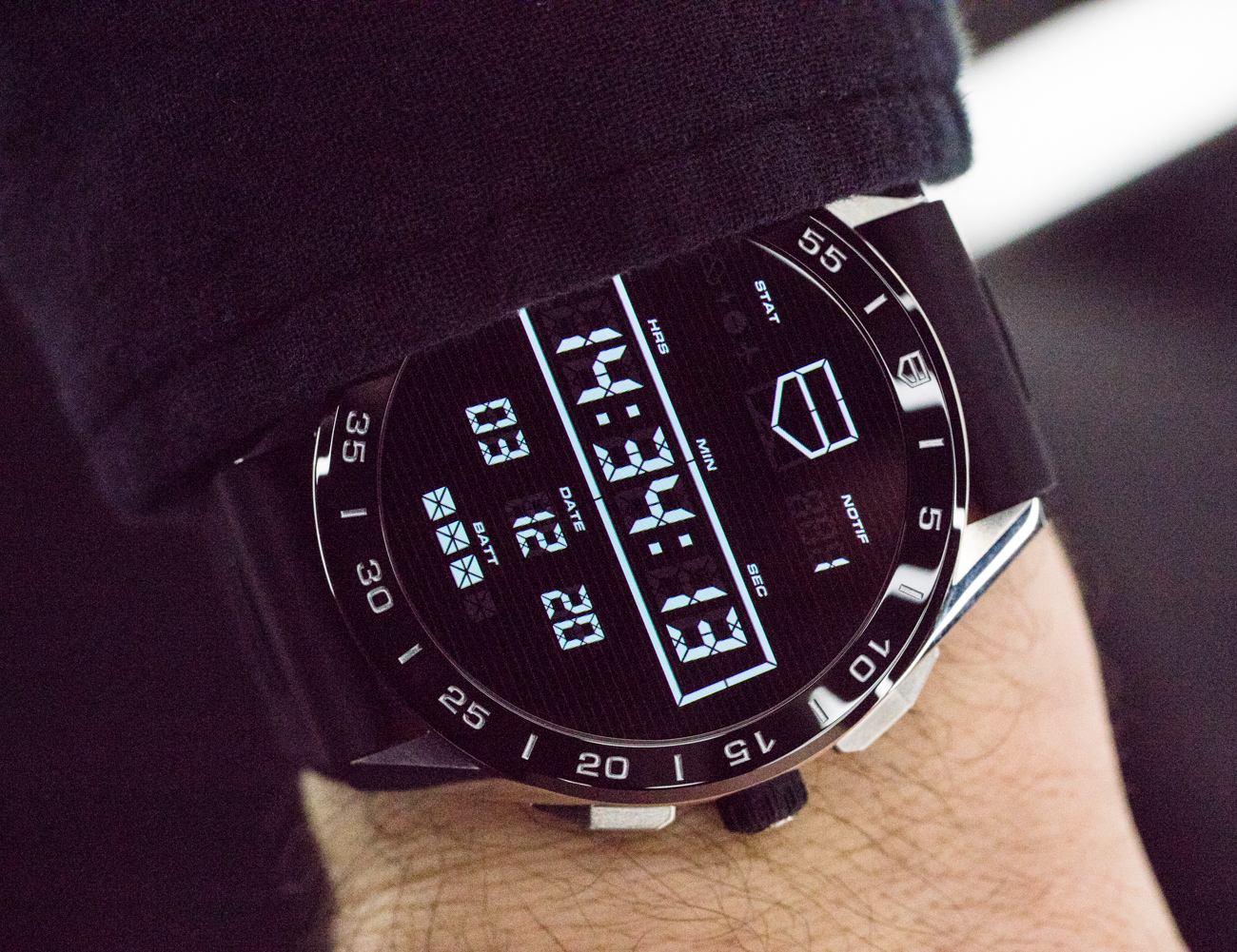
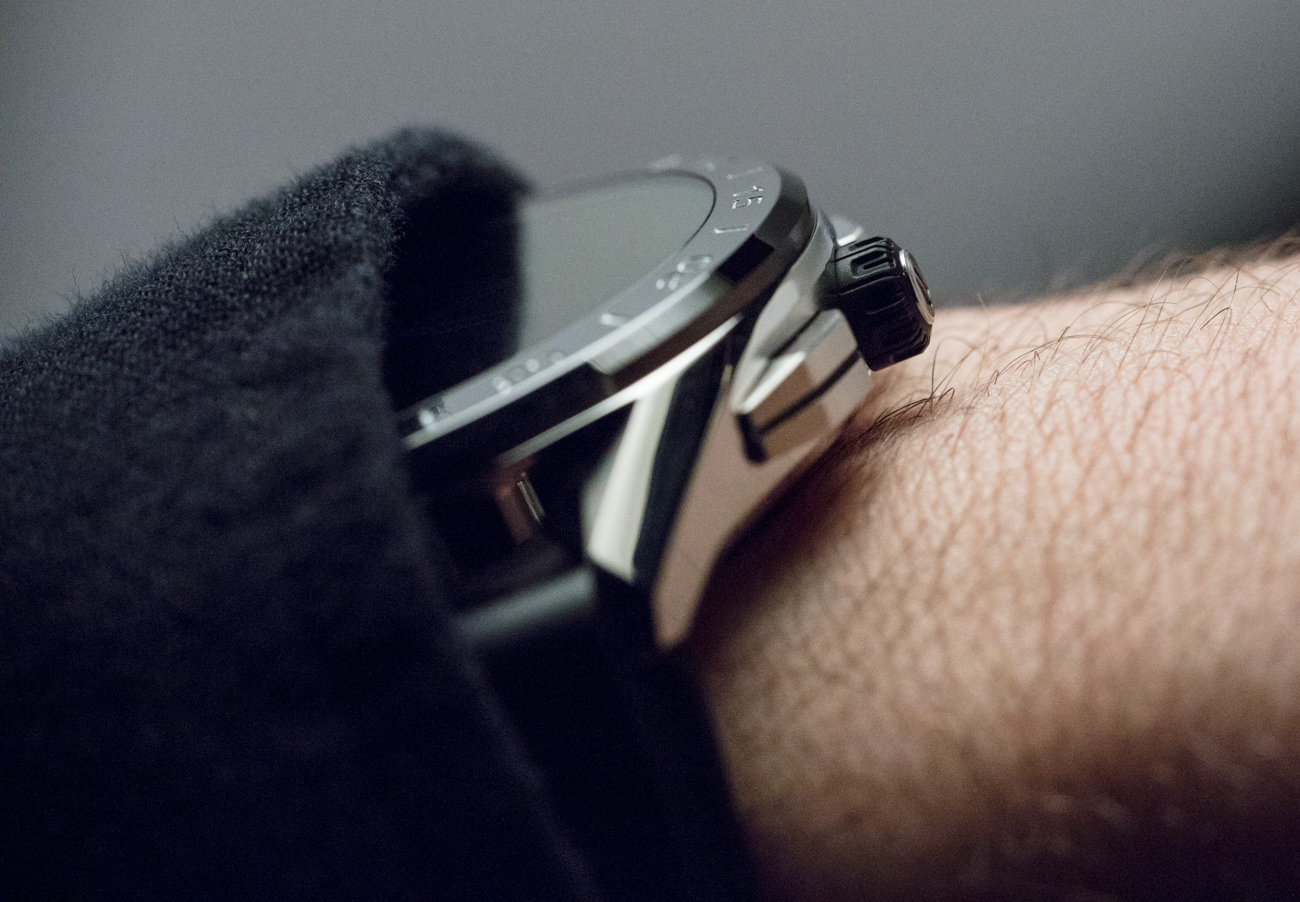
In fact, even though you can wear the TAG Heuer Connected as an evening timepiece (especially in polished steel with the matching bracelet), the software experience assumes you’ll be an “active” wearer. Given its history with chronographs and stopwatches, TAG Heuer wanted to make sure that using time and activity tracking on the watch is a breeze. The hardware includes GPS and a heart rate monitor that, in addition to the accelerometer, are integral parts of the activity tracking experience.
TAG Heuer developed an attractive chronograph dial software that is activated by pressing the bottom pusher and then uses the two pushers normally as one might operate a traditional chronograph watch. Then you have the special sports tracking software that gives you the ability to easily track and measure a series of sports activities. No, this latter function is not unique, but the appeal is in the attractive graphic design and slick presentation of the software which is really core to the luxury part of the experience.
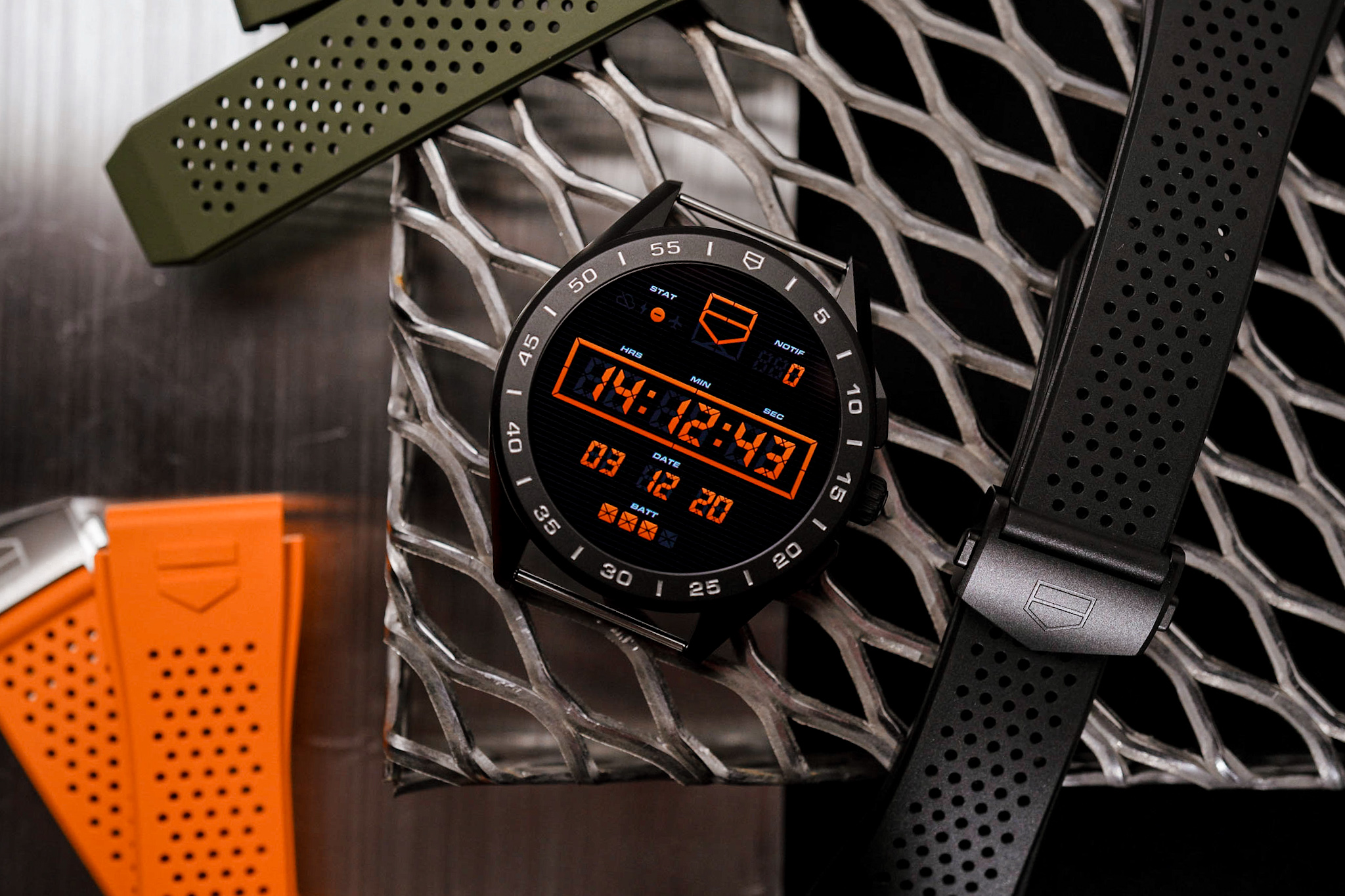
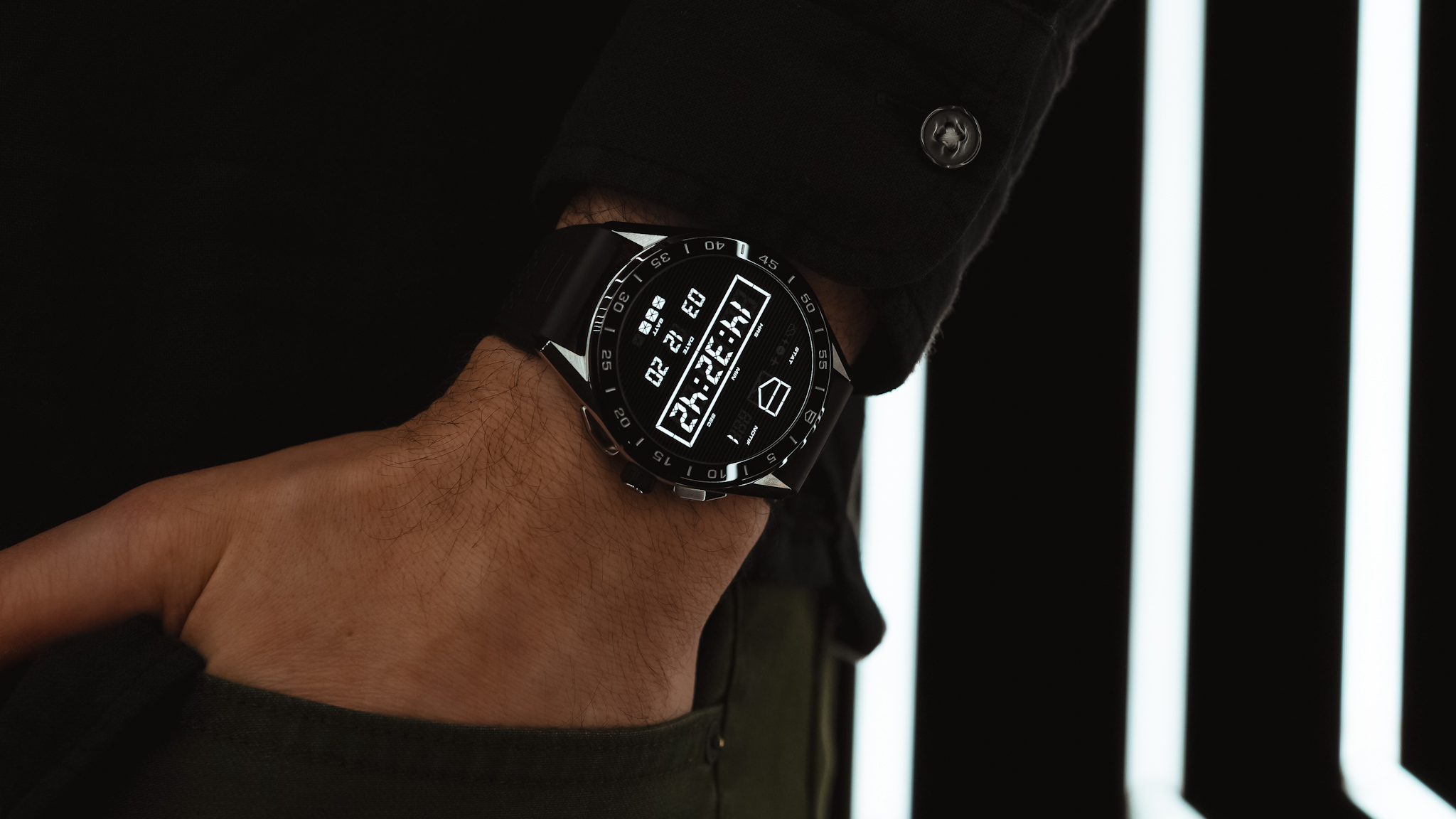
A series of both analog and digital-style “watches faces” come pre-loaded on the TAG Heuer Connected smartwatch. Each has a unique style and, overall, they are well done with no clear winner. I do like that TAG Heuer mixes playing with new concepts as well as making rather refined digital versions of analog watch dials. The system also allows for an always-on screen, which isn’t super-bright when in the “idle” state but is good enough to be easily read by the wearer (just hard to shoot with a camera). Speaking with TAG Heuer, it is is clear that the design team is going to regularly come out with new smartwatch faces that users can download via the TAG Heuer Connected app.
From a hardware perspective, the TAG Heuer Connected for 2020 is clearly a new generation of product. Put one side by side with the original Carrera Connected, and you’ll clearly prefer the 2020 model. Why? Well, for one thing, it is much thinner. While the case is 45mm-wide, it is appreciably thinner and more elegant on the wrist at 13.5mm-thick. The screen is also a perfect circle and has virtually no black border around the bright screen. The rear of the case, where the heart rate monitor is located, is faceted so that it does not appear as thick as it might. The case is water resistant to 50 meters.

Probably the best case details are the crown (which is a pusher as well as a scroll wheel to operate the user interface) and the two pushers. These look great and also function comfortably. Overall, the TAG Heuer Connected watch case looks more comfortable in its own skin than any TAG Heuer Connected before it, as well as most other luxury smartwatches out on the market. In my opinion, the TAG Heuer Connected is the top luxury-positioned smartwatch currently on the market.
At the TAG Heuer Connected 2020 watch launch, I sat down with TAG Heuer’s Frederic Arnault, who is Chief Strategy & Digital Officer. He spoke at great length about the number of different people at TAG Heuer involved in the Connected project and the amount of time TAG Heuer puts into each of the new products. For this reason, even though the first TAG Heuer smartwatch came out in 2015, the company still doesn’t have a release calendar for new smartwatches. This isn’t a bad thing, per se, as it means the company doesn’t need to release a new product until they feel they are ready.
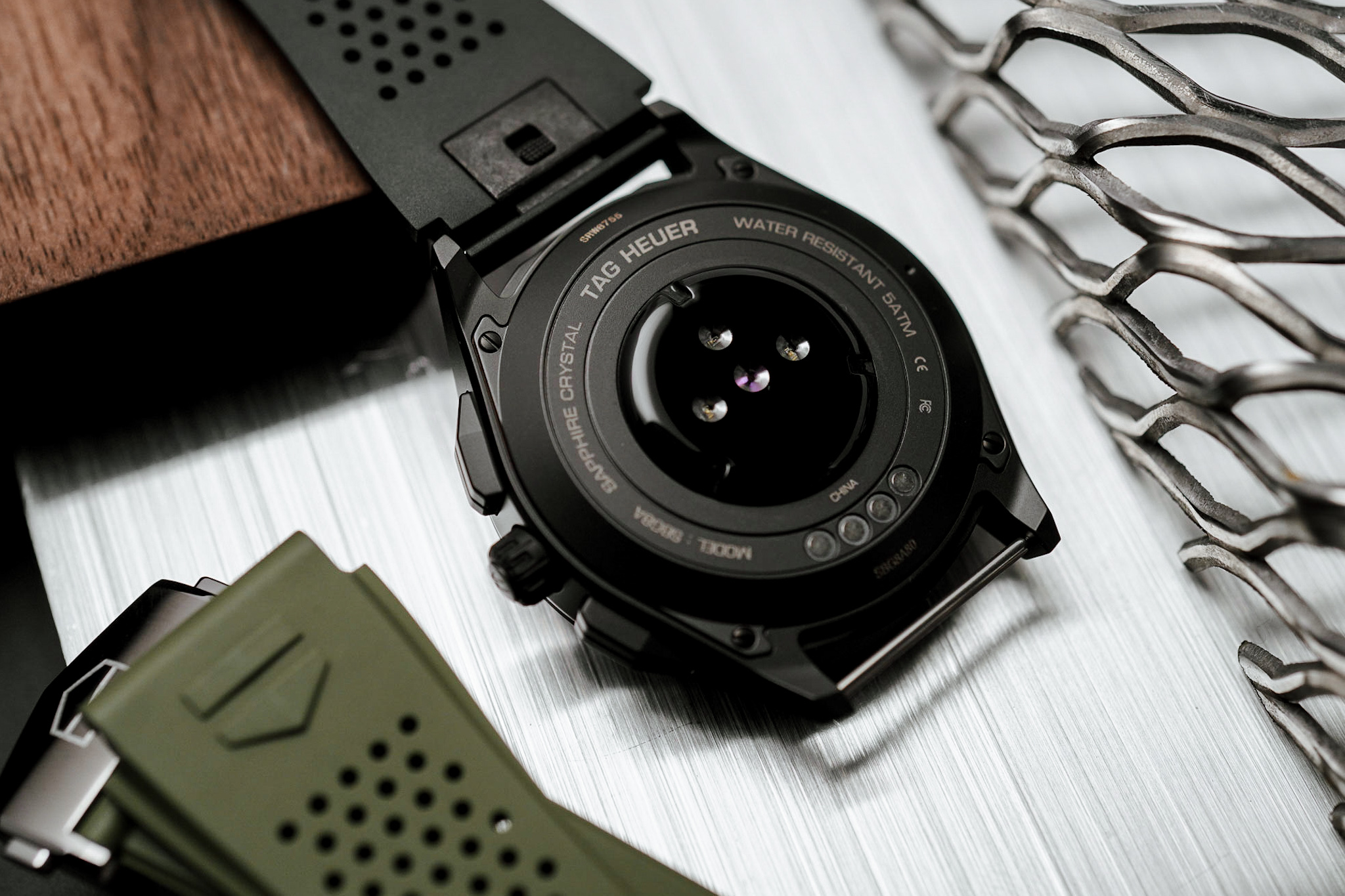
Mr. Arnault also discussed the importance TAG Heuer places on the notion that the Connected needs to exist within the larger history and pantheon of TAG Heuer products and ideas. Looking back at its history, you can tell that TAG Heuer always invested in putting timing instruments on people’s wrists. There are endless ways for a smartwatch to be a useful timing instrument — offering TAG Heuer endless ways to play with new ideas they were previously limited by. Why limited? Because any traditional watchmaker is limited by what a mechanical or quartz watch movement can do. Digital watches offered more functionality, but with relatively uninteresting screens.
Modern smartwatch functionality actually offers old watchmakers fascinating new tools that they are only now starting to carefully consider. Today’s efforts are spent on making smartwatches more like traditional watches, and maybe tomorrow we will see traditional watches jealous of the timing-keeping functionality and convenience that a smartwatch may offer.
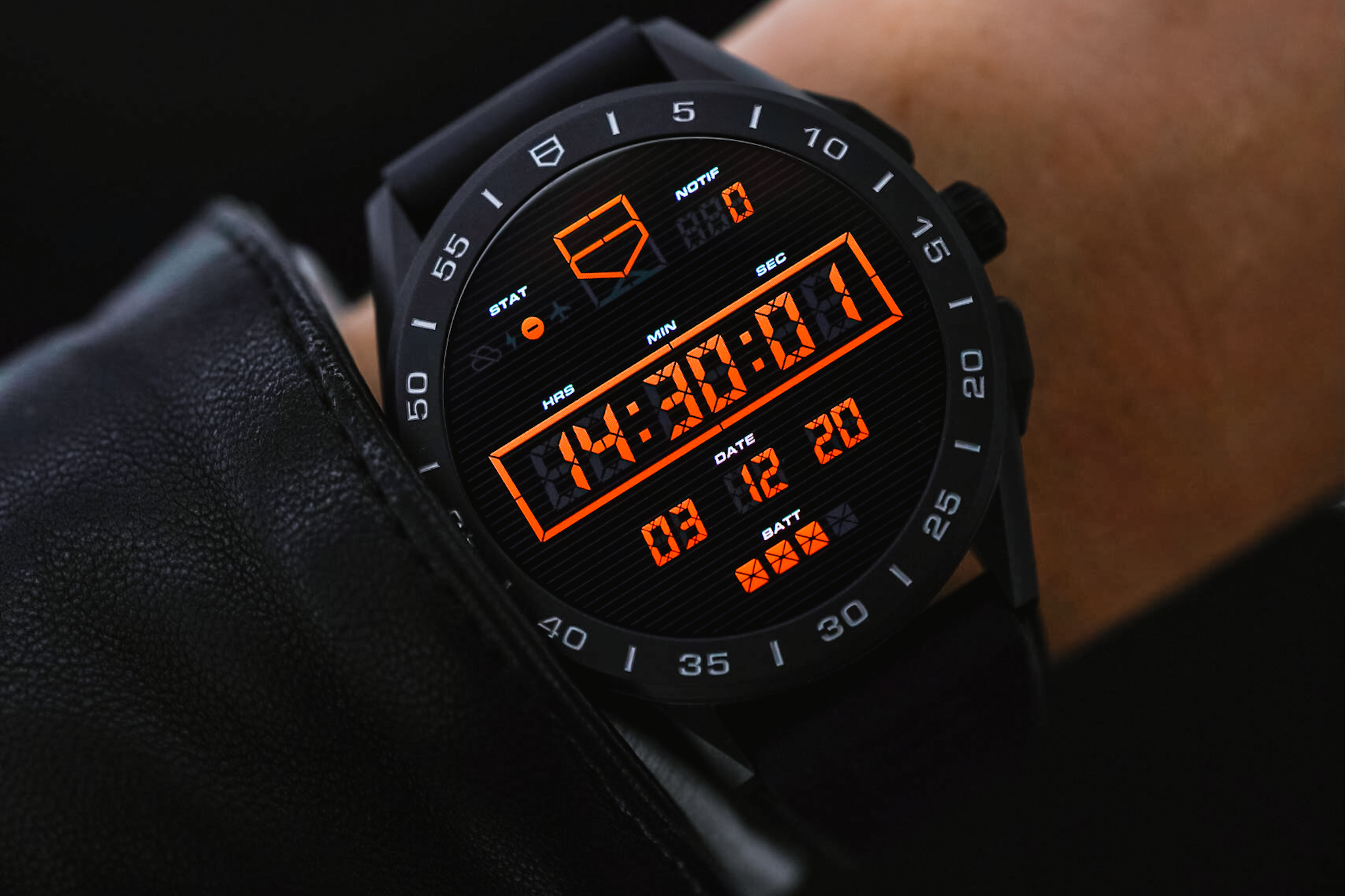
What Mr. Arnault also shared that was interesting (albeit, not too surprising) is that most of the customers who buy TAG Heuer Connected watches were not previous TAG Heuer buyers. In fact, they believe that most of these people were not even traditional watch buyers. Despite the fact that the Connected is a successful product, it is also a gateway into mechanical timepieces. TAG Heuer has already tracked people who entered the brand to purchase a smartwatch only to later also purchase a mechanical watch. I predicted this precise behavior in 2016 when writing that smartwatches were a road to traditional mechanical watches.
While the TAG Heuer Connected might not have the shelf life of a mechanical watch, consumers also don’t tend to wait as long to purchase them; it often take 6-12 months for a consumer to make a decision to buy a traditional watch. This means that TAG Heuer is also enjoying a more immediate and engaged customer (for example, due to their use of the Connected companion smartphone app) with its smartwatch products.
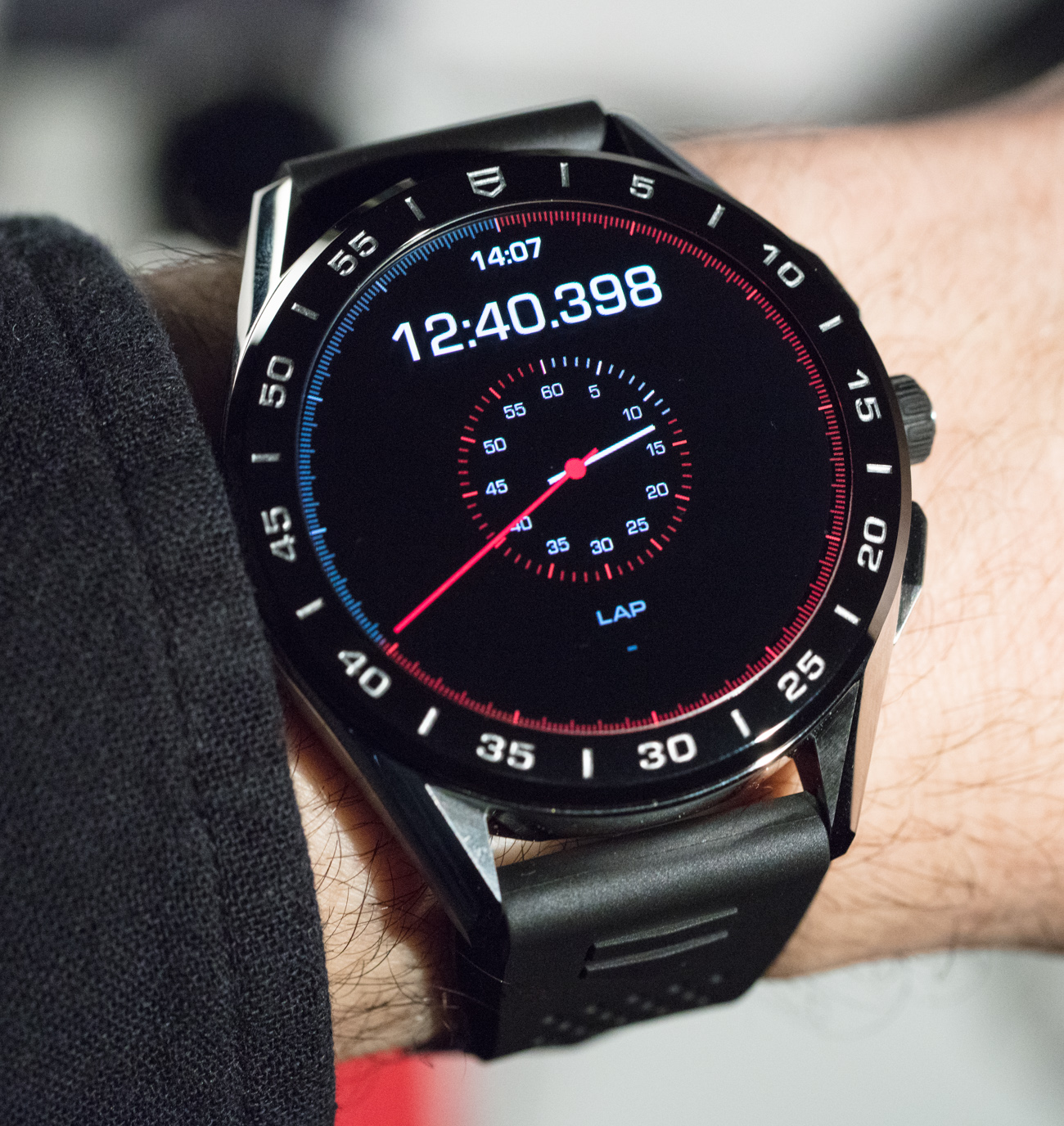
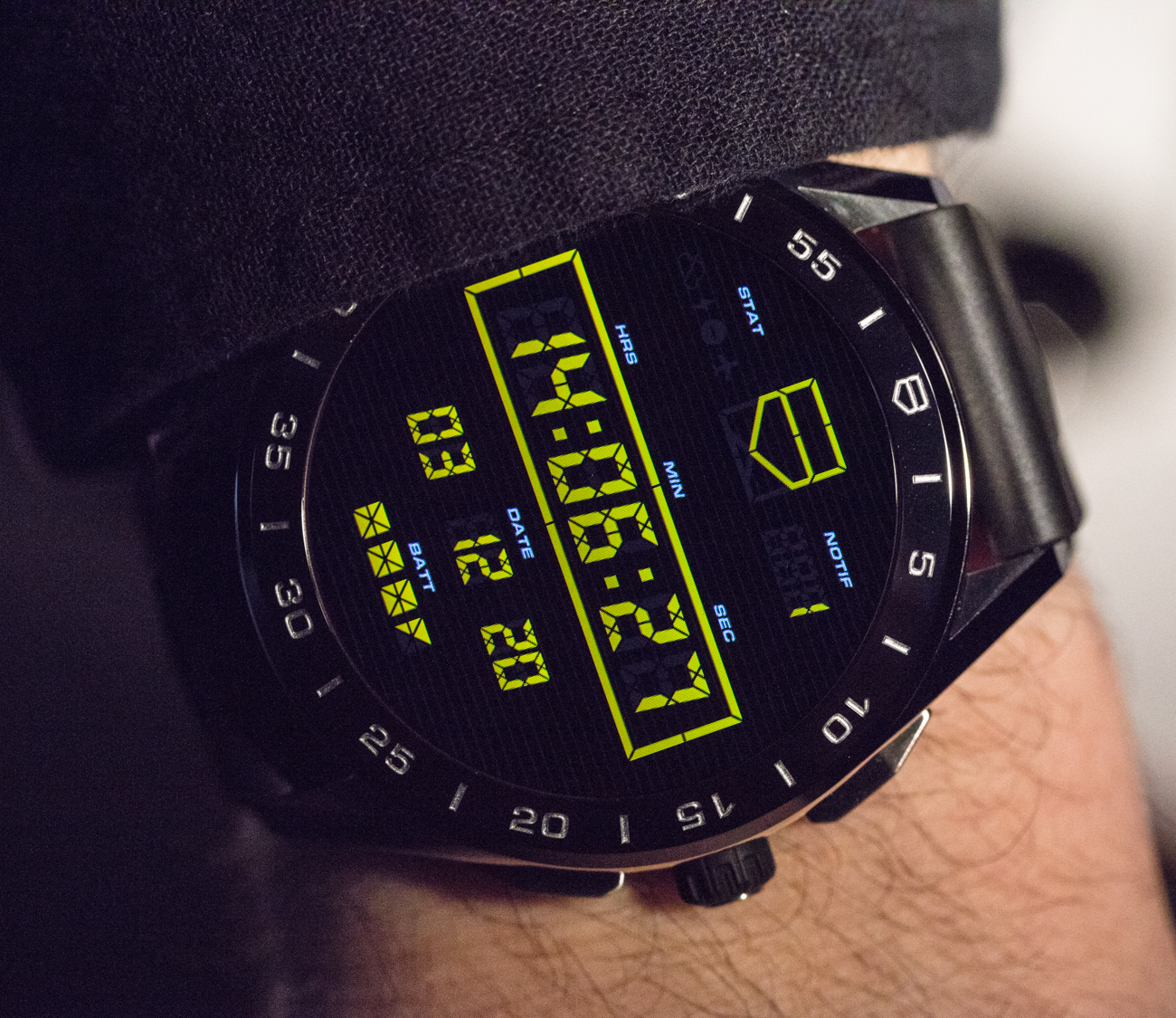
As a watch person, I like the TAG Heuer Connected because, in a very palpable way, it feels more like what I am used to on the wrist, even though it is a smartwatch. I like smartwatches, but I still prefer to wear traditional watches. Why? I believe it still comes down to the wearing experience and expressive nature of traditional watches. Smartwatches still seem very… generic-looking on the wrist. The TAG Heuer Connected does not, with a rich and interesting personality to complement its modern smartwatch functionality. Price for the TAG Heuer Connected is between $1,800 – $2,350 USD, depending on the version. Learn more at the TAG Heuer website here.

